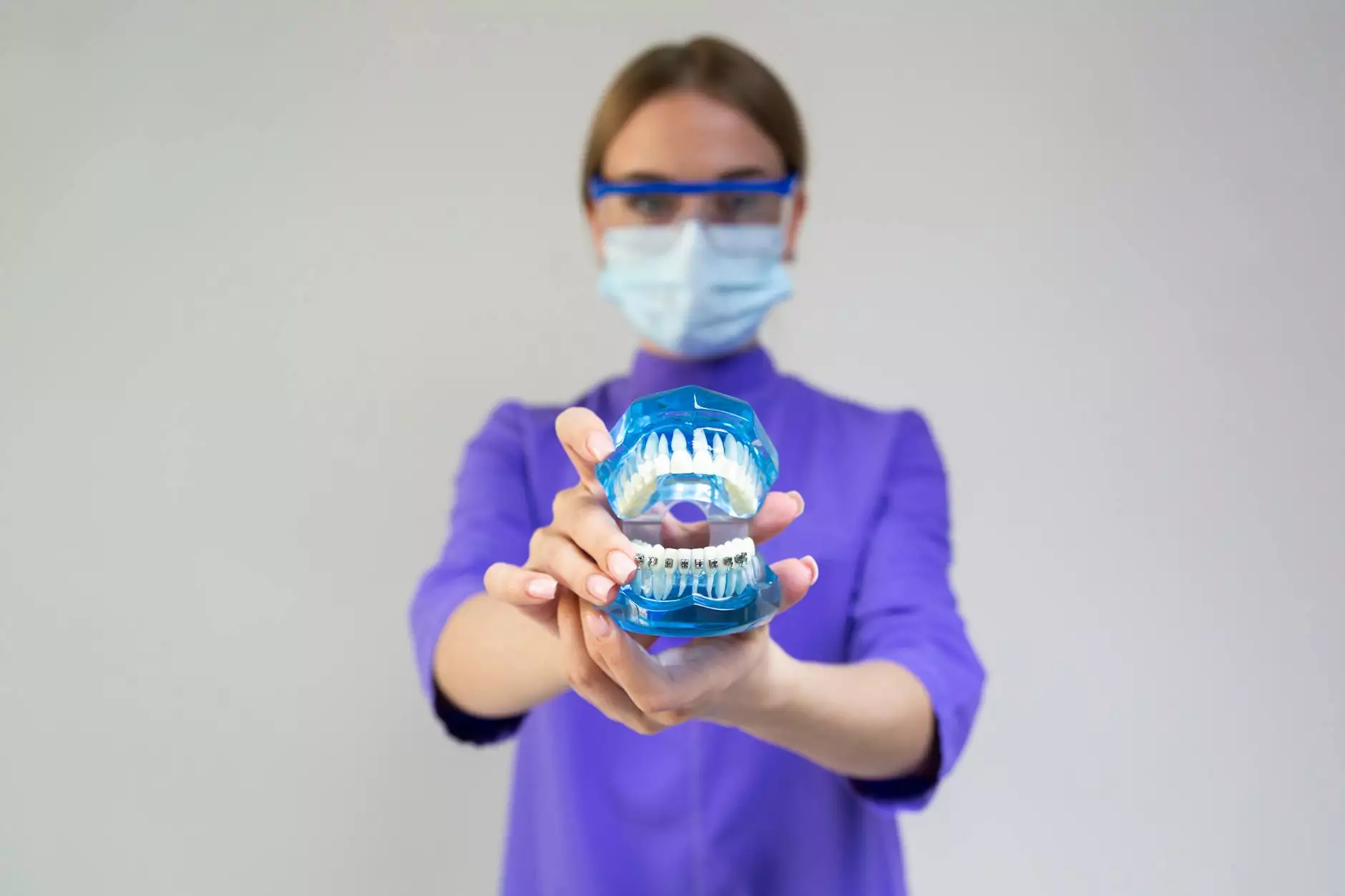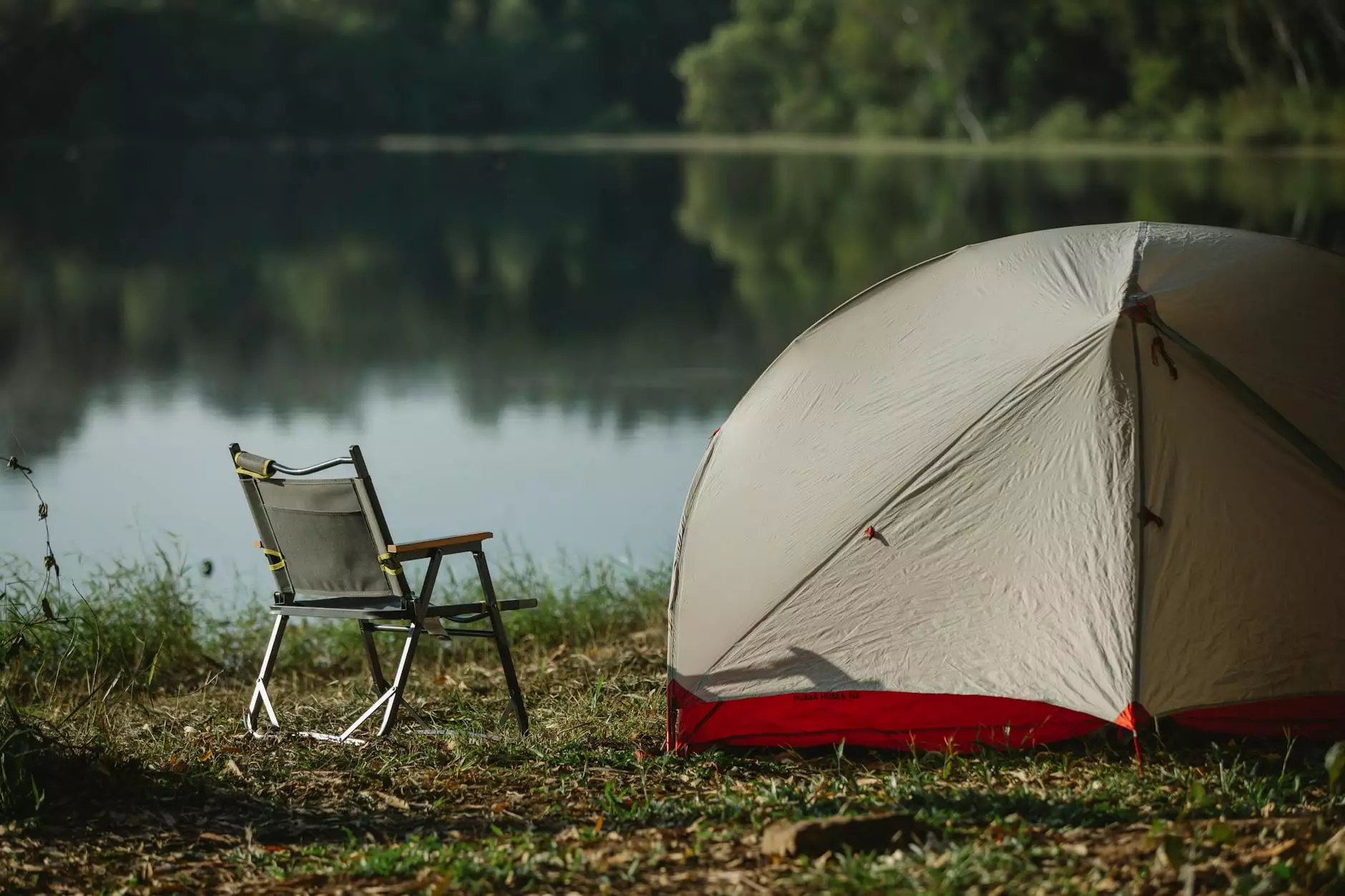Composite vs Porcelain Veneers: Understanding the Differences
Prosthodontics
When it comes to enhancing your smile and achieving a picture-perfect set of teeth, veneers are a popular choice. Veneers can correct various cosmetic dental concerns, including discoloration, misalignment, and gaps between teeth. At Lawrence Dentistry, we specialize in providing top-quality dental services, and in this article, we will explore the differences between composite and porcelain veneers.
Composite Veneers: An Overview
Composite veneers, also known as direct veneers, are made from a tooth-colored resin material that is applied directly to the surface of your teeth. This type of veneer is a more affordable and less invasive option compared to porcelain veneers.
Composite veneers are custom-shaped and shaded to match your natural teeth, providing a seamless and natural-looking result. The procedure can typically be completed in a single visit, making it a convenient choice for patients looking for immediate aesthetics improvement.
The Benefits of Composite Veneers
Composite veneers offer numerous advantages, such as:
- Cost-effectiveness: Composite veneers are more budget-friendly compared to porcelain veneers, making them an attractive option for those on a tighter budget.
- Versatility: These veneers can be easily reshaped, repaired, or modified without the need for complete replacement.
- Minimal enamel removal: The composite material used in these veneers requires less removal of the tooth enamel, maintaining the overall health and integrity of your teeth.
The Procedure for Composite Veneers
The process of getting composite veneers typically involves the following steps:
- Consultation and evaluation: Our experienced dentists at Lawrence Dentistry will assess your oral health, discuss your goals, and determine if you are a suitable candidate for composite veneers.
- Tooth preparation: The surface of your teeth receiving the veneers will be gently roughened to ensure proper bonding of the composite material.
- Composite application: The dentist will meticulously apply and shape the composite material on your teeth, taking into account your desired aesthetics and natural tooth shade.
- Bonding and curing: A special light will be used to harden and bond the composite material to your teeth.
- Final touches: The veneers will be polished and adjusted for a seamless fit, giving you a stunning smile transformation.
Porcelain Veneers: A Closer Look
Porcelain veneers, also known as indirect veneers, are ultra-thin, custom-made shells crafted from high-quality dental porcelain. These veneers are highly durable and provide a more permanent solution for enhancing your smile.
Porcelain veneers are well-regarded for their ability to mimic the natural appearance of teeth, providing a remarkably lifelike result. They are stain-resistant and offer exceptional longevity when cared for properly, making them a worthwhile investment in long-term smile aesthetics.
The Benefits of Porcelain Veneers
Porcelain veneers offer several advantages over composite veneers:
- Superior aesthetics: Porcelain veneers can beautifully replicate the look, texture, and translucency of natural teeth, giving you a stunning and natural smile.
- Longevity: These veneers are highly resistant to staining and can last for many years with regular dental care.
- Enhanced durability: Porcelain veneers are stronger and more resistant to chips and cracks compared to composite veneers.
The Procedure for Porcelain Veneers
The process of getting porcelain veneers typically involves multiple appointments and steps:
- Consultation and treatment planning: Our skilled dentists will conduct a thorough examination, discuss your cosmetic goals, take dental impressions, and prepare a personalized treatment plan for your porcelain veneers.
- Tooth preparation: A thin layer of enamel will be gently removed from the front surface of your teeth to make room for the veneers.
- Impressions: Accurate impressions of your teeth will be taken to create custom veneers that fit seamlessly.
- Trial fitting: Temporary veneers may be placed to ensure proper fit, function, and aesthetics.
- Permanent veneer placement: Once your custom veneers are ready, the temporary veneers will be removed, and the permanent ones will be carefully bonded to your teeth using dental cement.
Making the Right Choice for Your Smile
Choosing between composite and porcelain veneers depends on several factors, including your budget, desired aesthetics, and the advice of our experienced dentists at Lawrence Dentistry. During your consultation, we will thoroughly assess your oral health and discuss the pros and cons of each option to help you make an informed decision that suits your unique needs.
Whether you opt for composite or porcelain veneers, Lawrence Dentistry is committed to providing exceptional dental care and creating beautiful smiles. Contact us today to schedule a consultation and discover how veneers can transform your smile!










